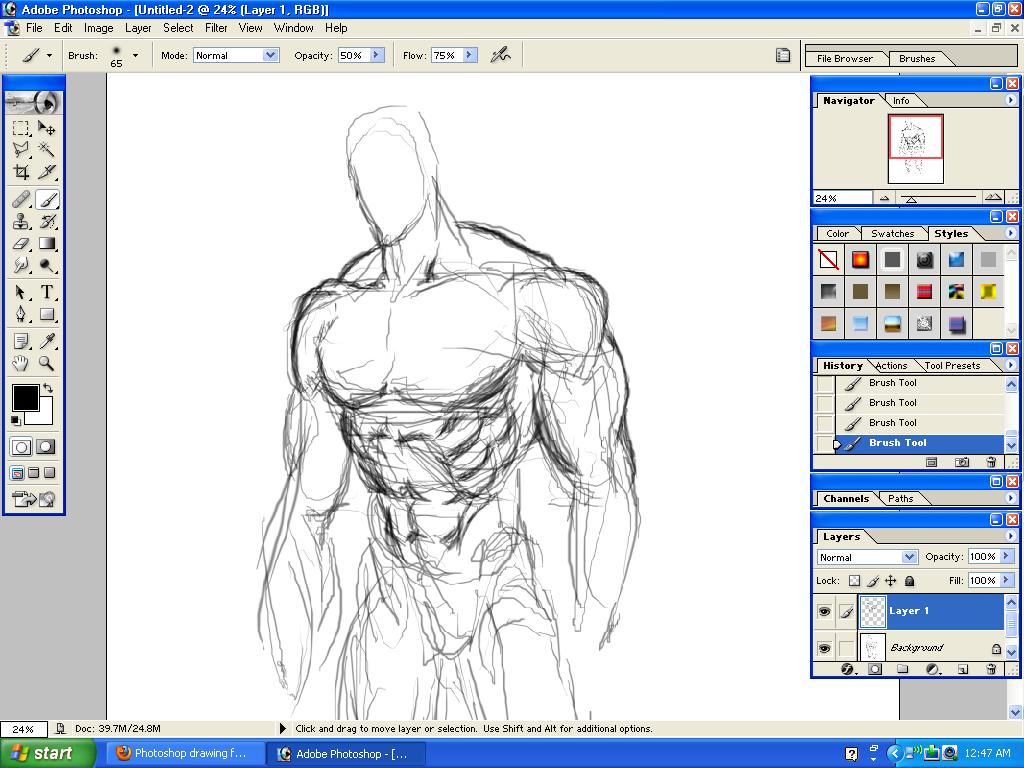

We use this information to complete transactions, fulfill orders, communicate with individuals placing orders or visiting the online store, and for related purposes. Online Storeįor orders and purchases placed through our online store on this site, we collect order details, name, institution name and address (if applicable), email address, phone number, shipping and billing addresses, credit/debit card information, shipping options and any instructions. We use this information to address the inquiry and respond to the question. To conduct business and deliver products and services, Pearson collects and uses personal information in several ways in connection with this site, including: Questions and Inquiriesįor inquiries and questions, we collect the inquiry or question, together with name, contact details (email address, phone number and mailing address) and any other additional information voluntarily submitted to us through a Contact Us form or an email. Please note that other Pearson websites and online products and services have their own separate privacy policies. This privacy notice provides an overview of our commitment to privacy and describes how we collect, protect, use and share personal information collected through this site.

Pearson Education, Inc., 221 River Street, Hoboken, New Jersey 07030, (Pearson) presents this site to provide information about Adobe Press products and services that can be purchased through this site. Vector graphics are appropriate for illustrations, type, and graphics such as logos that may be scaled to different sizes. These graphics retain their crispness whether they are moved, resized, or have their color changed. Vector graphics are made up of lines and curves defined by mathematical objects called vectors. As a result, they can lose detail and appear jagged when scaled up onscreen or printed at a lower resolution than they were created for. A disadvantage of bitmap graphics is that they contain a fixed number of pixels.

Because bitmap graphics can represent subtle gradations of shade and color, they are appropriate for continuous-tone images such as photographs or artwork created in painting programs. In working with bitmap images, you edit groups of pixels rather than objects or shapes. Each pixel is assigned a specific location and color value. You can use Photoshop to work with either type of graphic in fact, you can combine both bitmap and vector data in an individual Photoshop image file.īitmap images, technically called raster images, are based on a grid of dots known as pixels. About bitmap images and vector graphicsīefore working with vector shapes and vector paths, it’s important to understand the basic differences between the two main categories of computer graphics: bitmap images and vector graphics. You can draw vector shapes and paths in your Photoshop images and add vector masks to control what is shown in an image. Although "filling" is certainly not the same as "brushing in" an effect, it does create a graphic effect that many people associate with digital drawing.Unlike bitmap images, vector images retain their crisp edges when you enlarge them to any size. The tasks in this part also look at filling areas with color or gradients. The one instance when this rule does not hold true is when you are doing line drawings and you want to put down a clean brushstroke. As you build up the effect, reduce the size of the brush to concentrate the results and slightly increase the pressure by increasing the Opacity slider. This means that you should start with the largest possible feathered brush set to the lightest possible setting. When using a brush, the basic rule of thumb is to move from big and light strokes to small and heavy strokes. The underlying skill for almost all these tasks is the ability to effectively use a brush to apply the effects. Touching up images, spotting photographs, and erasing an area of a photo all involve the drawing and painting techniques described in the tasks in this part. Handled properly, the drawing and painting tools can yield predictable and acceptable resultseven if your drawing skills are limited. Typical users will resize images, color correct, or apply a filter, but few people focus on the drawing or painting functions of the program. Considering that Photoshop is often called a "paint" program, it's surprising how seldom the paint tools are used.


 0 kommentar(er)
0 kommentar(er)
